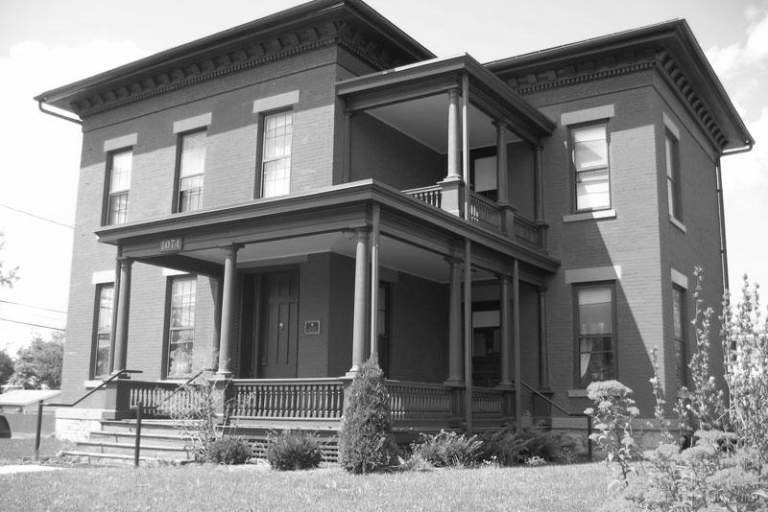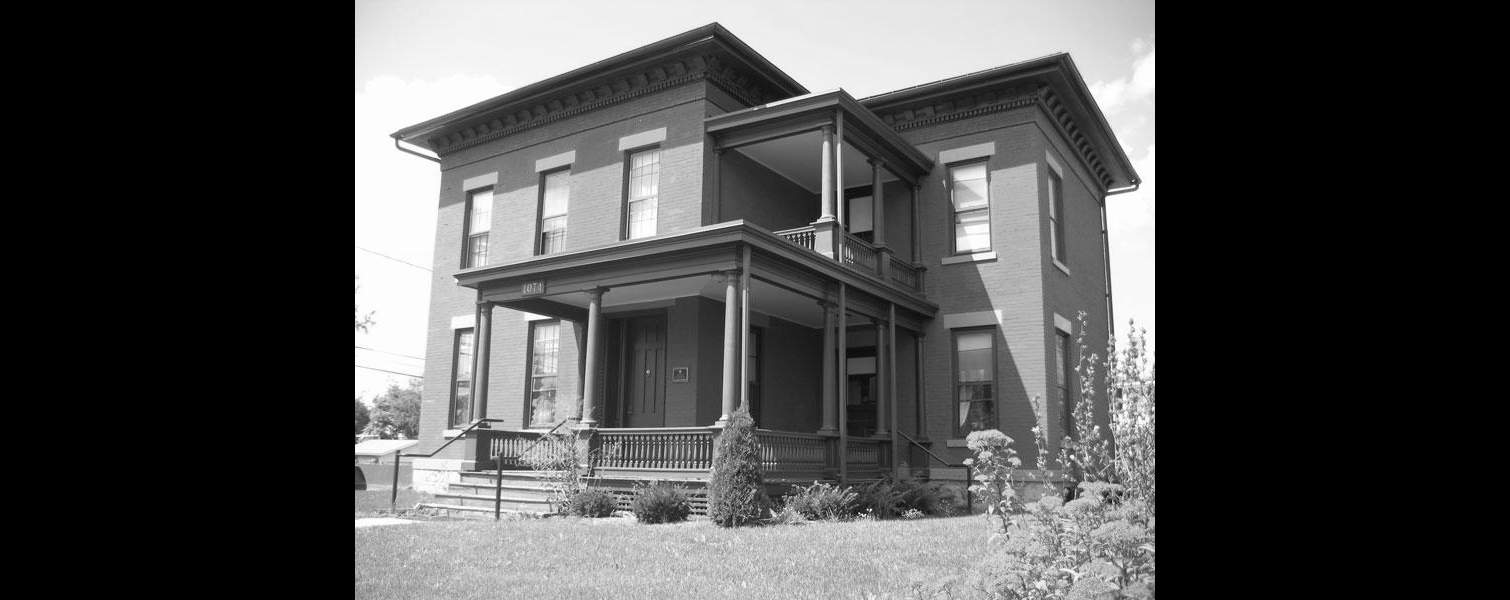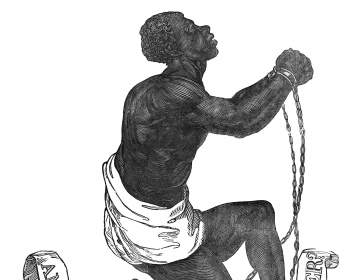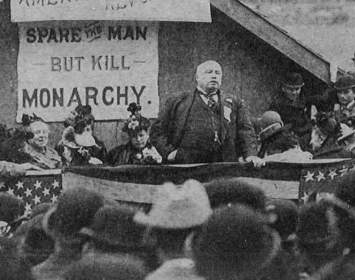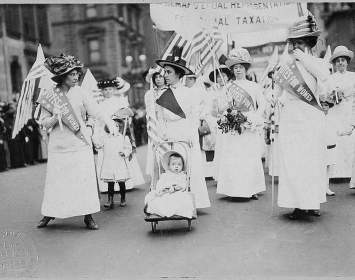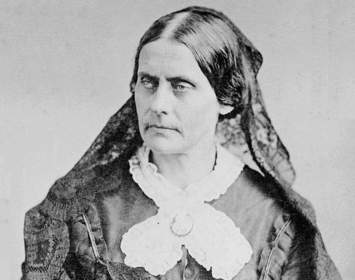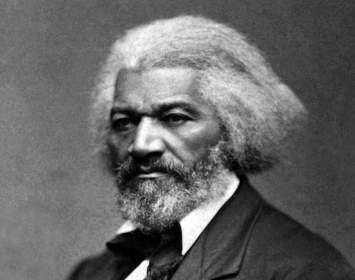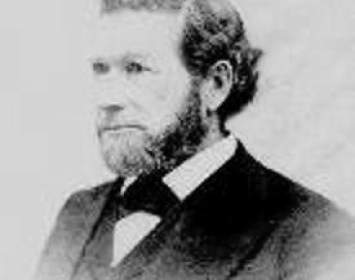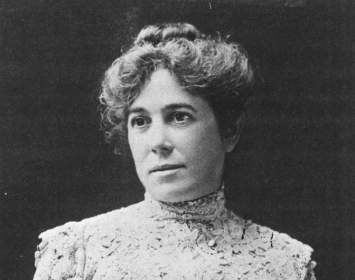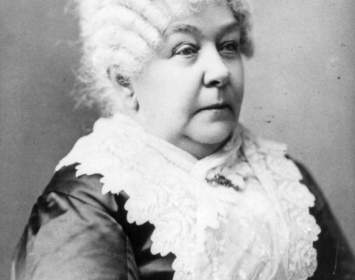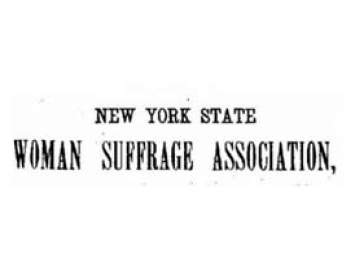This house was built in 1857 by Charles De Berard (C. D. B.) Mills but became better known as the residence of his daughter, prominent suffragist Harriet May Mills.
The Early Years. Social reformers Charles De Berard Mills and his wife, Harriet Smith Mills, built this house in 1857. The house became an important location at which reformers for numerous causes gathered and held discussions. Visitors and house guests of national stature included antislavery activist Frederick Douglass; suffragists Elizabeth Cady Stanton, Susan B. Anthony, Lucy Stone, Lucretia Mott, and Carrie Chapman Catt; abolitionists William Lloyd Garrison, Wendell Phillips, and Bronson Alcott; and writer-philosopher Ralph Waldo Emerson. Later the house became the principal residence of Charles Mills’s daughter, Harriet May Mills, whose fame eclipsed her father’s.
C. D. B. Mills was an active freethinker; among other things, he was an officer of the New York State Freethinkers Association, which held national conferences in Watkins Glen, Hornellsville, Rochester, and Syracuse.
The Harriet May Mills years. As noted, the Millses’ daughter, Harriet May Mills, became a prominent suffrage leader, and it is her name that historically conscious locals usually associate with this house today. In 1897, while a committee head of the New York State Woman Suffrage Association (NYSWSA), she recruited Geneva-based suffrage activist Elizabeth Smith Miller to organize its twenty-ninth annual convention in Geneva. The event was held at the Smith Opera House, Collins Music Hall, and the Nester Hotel in that city. Early in the twentieth century, her home became the headquarters of NYSWSA, and she became all but ubiquitous in NYSWSA's operations.
C. D. B. Mills died on May 15, 1900, aged eighty-nine years. His remains were cremated, then a radical act frowned upon by traditional Christians.
In November of 1906, NYSWSA held its thirty-eighth annual convention in Syracuse. On the afternoon of Thursday, October 18, 1906, Harriet Smith Mills and Harriet May Mills hosted a reception at this house for delegates, officers, and speakers at the convention. Presumably in attendance were the following:
- Prominent suffragist and radical Rachel Foster Avery (1858–1919);
- Teacher and National American Woman Suffrage Association officer Mary Elizabeth Whitbeck Craigie of Buffalo (1853–1928);
- Sherwood activist and donor Emily Howland (1827–1929);
- Attorney and suffragist Julie Regula Jenney (1866–1947);
- Auburn suffrage campaigner and donor Eliza Wright Osborne (1829–1911);
- Physician, minister, and suffragist Anna Howard Shaw (1847–1919);
- Suffrage campaigner and pacifist Fanny Garrison Villard (1844–1928), and others.
The convention program gives the house's address as 926 West Genesee; the current address is 1074 West Genesee, an indication of how Syracuse street numbering has been revised since the early twentieth century.
By 1920, Harriet May Mills would campaign for election as Attorney General of the State of New York, the first female to seek major state-wide office as a candidate of a major political party. When the Dresden, New York birthplace of agnostic orator Robert Green Ingersoll was first restored in 1921, Harriet May Mills was one of many prominent local people who served on an organizing committee whose members included inventor Thomas Edison and poet Edgar Lee Masters.
Harriet May Mills died in 1936. The house was sold to a Syracuse hardware company that used the building as its headquarters. That firm ceased operation in 2000. By that time, the house had deteriorated severely. It was restored in 2004 to serve as a residential facility for women recovering from addiction and is now operated by Syracuse Behavioral Health.
See this site for more information on the Mills family and their Syracuse home.
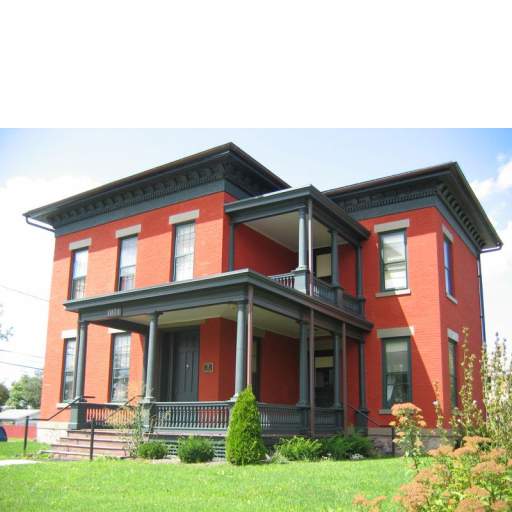
Charles De Berard and Harriet May Mills House
Reformers Charles De Berard Mills and his wife, Harriet Smith Mills, moved to this house in 1857. Their daughter, Harriet May Mills, ultimately made her home here and became a prominent suffragist.
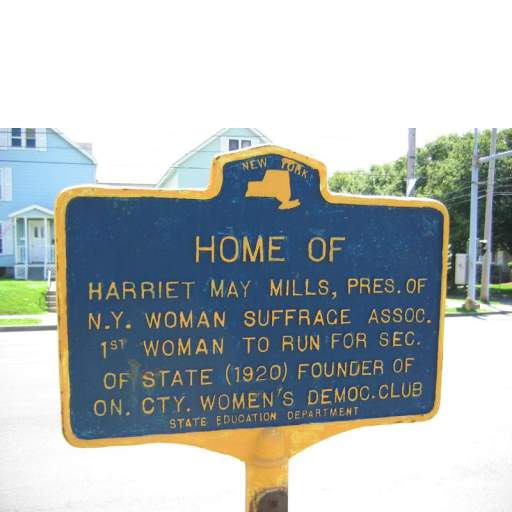
Charles De Berard and Harriet May Mills House
This undated historical marker placed by the New York State Education Department stands before the house. It was probably installed in the mid-twentieth century.
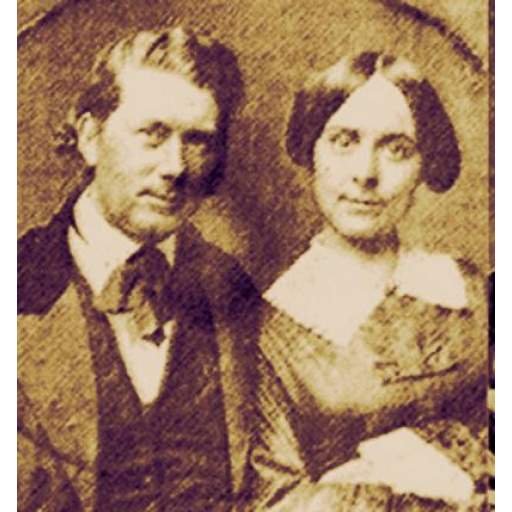
CDB and Harriet Ann Mills
The parents of Harriet May Mills: In this rare photograph, a youthful C. D. B. Mills poses with his wife, Harriet Ann Mills. Image courtesy of Beth Crawford.
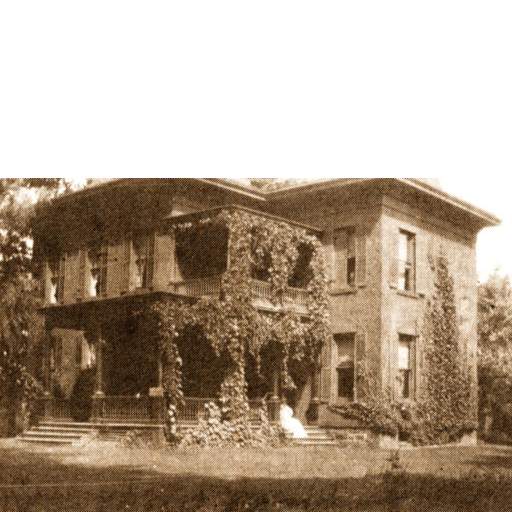
Mills House
Period photo of the Mills house (date unknown).
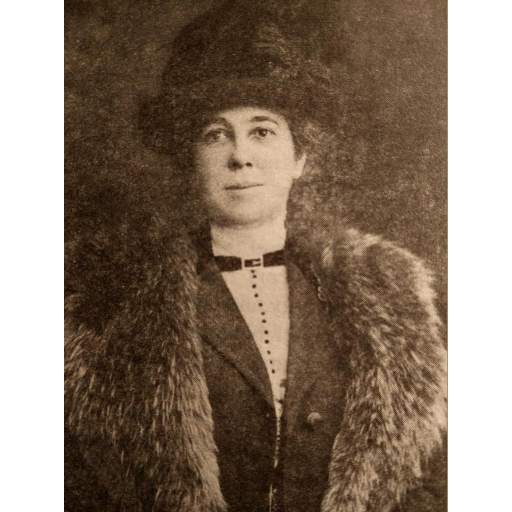
Harriet May Mills
Harriet May Mills in midlife (exact date unknown).

Harriet May Mills
Another midlife portrait of activist Harriet May Mills.
